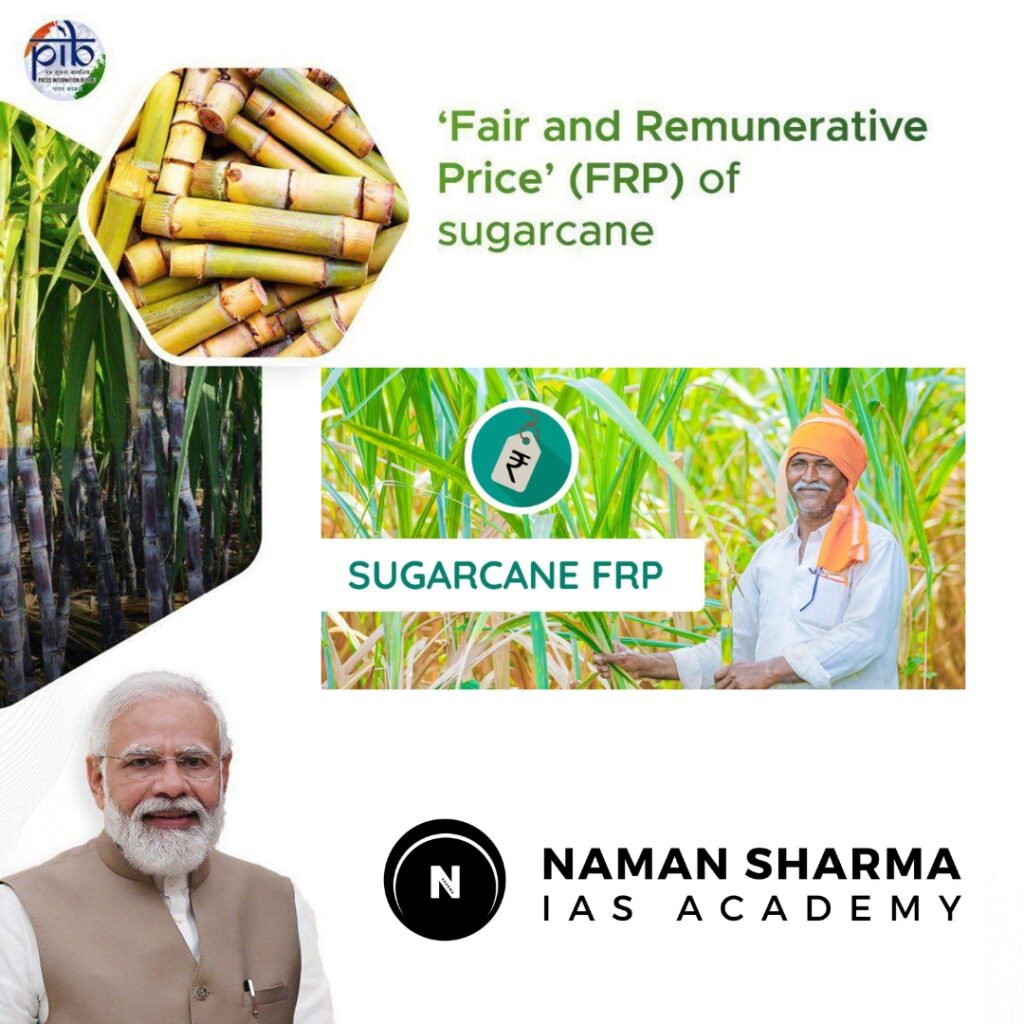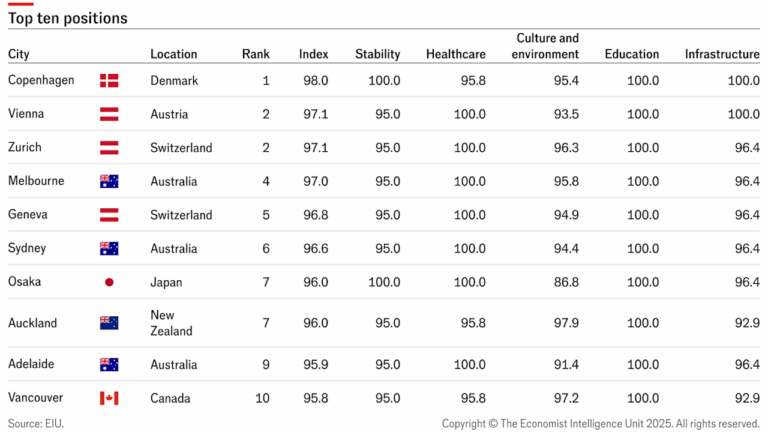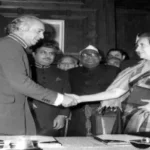Centre Hikes Fair and Remunerative Price for Sugarcane
The Cabinet Committee on Economic Affairs (CCEA) has approved a hike of ₹15/quintal in the fair and remunerative price (FRP) of sugarcane to ₹355/quintal, for the next sugar season beginning October 2025-26.
About Fair and Remunerative Price (FRP)
- The FRP for sugarcane is set under the Sugarcane Control Order, 1966.
- It replaced the Statutory Minimum Price (SMP) in 2009-10 to better align with economic conditions and improve farmers’ welfare.
- It represents the minimum price sugar mills must pay to farmers for sugarcane.
- It is determined by the central government based on Commission for Agricultural Costs and Prices (CACP) recommendations, with discussions involving state authorities and sugar industry associations.

Sugarcane Cultivation in India:
- Sugarcane is India’s highest production-value crop, key for producing sugar, jaggery, and khan sari.
- Major states: Uttar Pradesh (contributes 50% of total production), Maharashtra, Karnataka, Tamil Nadu, and Andhra Pradesh.
- Sugarcane thrives in a tropical climate (21°C – 27°C), with 75%-150% rainfall. It needs well-drained soil and a cool, dry winter for ripening.
- India has the largest global sugarcane cultivation area after Brazil.
- The ratooning method reduces costs by allowing a second crop from the same roots.
Prelims Practice Questions: [UPSC 2015]
Question: The Fair and Remunerative Price (FRP) of sugarcane is approved by the:
Options:
(a) Cabinet Committee on Economic Affairs
(b) Commission for Agricultural Costs and Prices
(c) Directorate of Marketing and Inspection, Ministry of Agriculture
(d) Agricultural Produce Market Committee
Correct Answer: Option (a)
Mains Practice Questions:
Question 10: Discuss the significance of the Fair and Remunerative Price (FRP) mechanism in the context of sugarcane farming in India. How does the recent hike in FRP impact farmers, the sugar industry, and the overall economy? (10 marks, 150 words)







